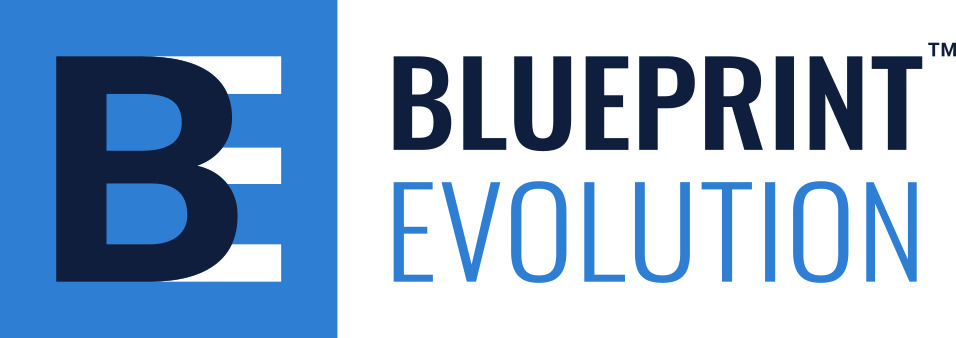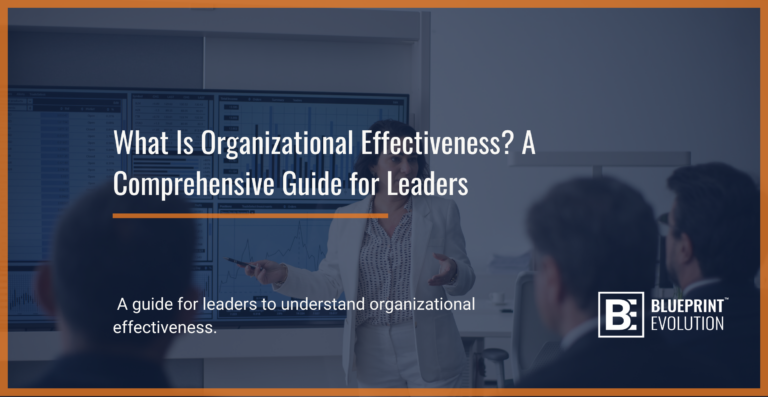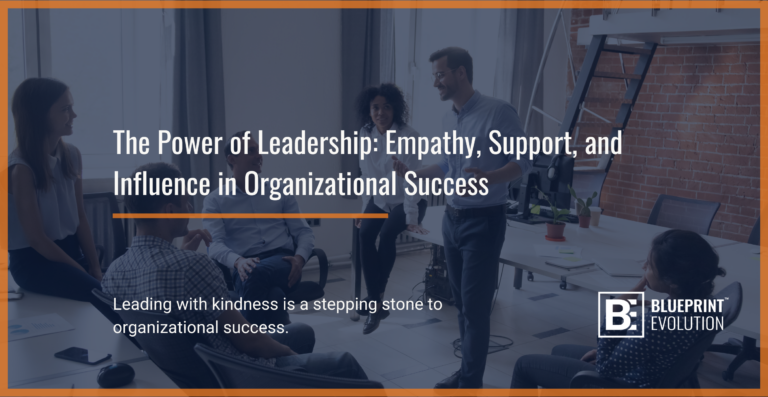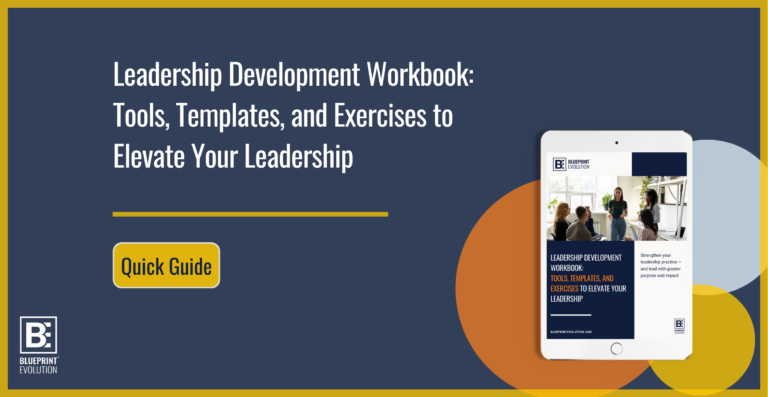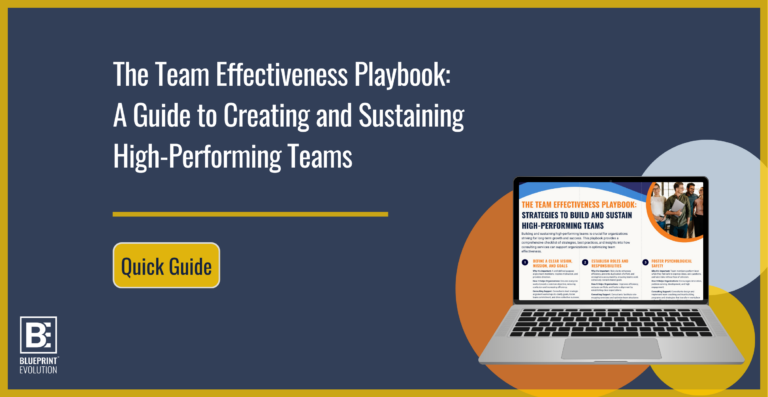Transform Your Organizational Structure for Maximum Effectiveness
Maximizing organizational effectiveness isn’t just an option—it’s essential. We specialize in evaluating and redesigning processes and workflows that are critical to your organization’s success. Our approach includes a comprehensive analysis of current operations, identifying bottlenecks, and implementing streamlined procedures to eliminate redundancies and enhance coordination.
By optimizing your processes and workflows, you can significantly boost efficiency, reduce errors, and accelerate the achievement of your organizational goals. This leads to improved performance and a stronger competitive edge.
Why Process and Workflow Design Matters
- Increase Productivity: Organizations that invest in process improvements see a 30% increase in productivity on average.
- Reduce Operational Costs: Streamlining processes can reduce operational costs by up to 23%, according to industry studies.
- Enhance Employee Satisfaction: Clear, efficient workflows reduce frustration and empower employees, leading to a 22% improvement in job satisfaction and retention.
- Accelerate Goal Achievement: Companies with well-defined processes are 50% more likely to achieve their strategic objectives.

The Blueprint Process
- Improved Coordination: Well-structured processes ensure that all departments and teams are aligned, minimizing misunderstandings and improving collaboration.
- Error Reduction: By eliminating redundancies and clarifying responsibilities, the likelihood of errors is significantly reduced, resulting in higher quality outputs.
- Faster Decision-Making: Streamlined workflows enable quicker decision-making by providing clear guidelines and reducing unnecessary steps.
- Scalability: Efficient processes make it easier to scale operations, whether expanding into new markets or growing your workforce.
OUR ORGANIZATIONAL EFFECTIVENESS CONSULTING SOLUTIONS

Examining the organizational structure and defining roles and responsibilities is crucial for organizational effectiveness because it ensures that departments, teams, and individuals are optimally organized and interact efficiently. Clarifying roles and improving the structure enhances coordination, streamlines workflows, and optimizes performance. This alignment helps prevent confusion, reduces redundancy, and ensures that all parts of the organization work cohesively towards common goals, ultimately improving overall productivity and effectiveness.
Evaluating and designing efficient processes and workflows is essential for organizational effectiveness because it directly impacts productivity and operational efficiency. Analyzing how work is carried out, identifying bottlenecks, and streamlining procedures helps to eliminate redundancies and improve coordination. This optimization enhances overall efficiency, reduces errors, and accelerates achievement of organizational goals, leading to better performance and competitive advantage.
Assessing the organizational culture and values is vital for organizational effectiveness because it influences the workplace environment and employee interactions. Understanding the shared beliefs, behaviors, and values that define the culture helps ensure alignment with organizational goals and fosters a positive work atmosphere. A strong, cohesive culture enhances employee engagement, drives collaboration, and supports retention, ultimately contributing to improved performance and achieving strategic objectives.
Examining communication channels and collaboration mechanisms is crucial for organizational effectiveness as it affects the flow of information and decision-making processes. Assessing these elements helps uncover gaps or inefficiencies in how teams and departments interact. Effective communication and collaboration improve coordination, strengthen relationships, minimize misunderstandings, and create a more agile organization, ultimately enhancing problem-solving, driving innovation, and boosting overall performance.
Establishing and evaluating key performance indicators (KPIs) is crucial for organizational effectiveness because it provides a quantifiable measure of performance against set goals. Setting benchmarks and monitoring progress help track achievements and identify areas for improvement. Regular reviews of performance ensure that the organization stays aligned with its objectives, enabling timely adjustments and driving continuous improvement for better outcomes.
- Structures & Roles
-
Examining the organizational structure and defining roles and responsibilities is crucial for organizational effectiveness because it ensures that departments, teams, and individuals are optimally organized and interact efficiently. Clarifying roles and improving the structure enhances coordination, streamlines workflows, and optimizes performance. This alignment helps prevent confusion, reduces redundancy, and ensures that all parts of the organization work cohesively towards common goals, ultimately improving overall productivity and effectiveness.
- Processes & Workflows
-
Evaluating and designing efficient processes and workflows is essential for organizational effectiveness because it directly impacts productivity and operational efficiency. Analyzing how work is carried out, identifying bottlenecks, and streamlining procedures helps to eliminate redundancies and improve coordination. This optimization enhances overall efficiency, reduces errors, and accelerates achievement of organizational goals, leading to better performance and competitive advantage.
- Culture & Values
-
Assessing the organizational culture and values is vital for organizational effectiveness because it influences the workplace environment and employee interactions. Understanding the shared beliefs, behaviors, and values that define the culture helps ensure alignment with organizational goals and fosters a positive work atmosphere. A strong, cohesive culture enhances employee engagement, drives collaboration, and supports retention, ultimately contributing to improved performance and achieving strategic objectives.
- Communication & Collaboration
-
Examining communication channels and collaboration mechanisms is crucial for organizational effectiveness as it affects the flow of information and decision-making processes. Assessing these elements helps uncover gaps or inefficiencies in how teams and departments interact. Effective communication and collaboration improve coordination, strengthen relationships, minimize misunderstandings, and create a more agile organization, ultimately enhancing problem-solving, driving innovation, and boosting overall performance.
- Performance Metrics & Evaluation
-
Establishing and evaluating key performance indicators (KPIs) is crucial for organizational effectiveness because it provides a quantifiable measure of performance against set goals. Setting benchmarks and monitoring progress help track achievements and identify areas for improvement. Regular reviews of performance ensure that the organization stays aligned with its objectives, enabling timely adjustments and driving continuous improvement for better outcomes.
ORGANIZATIONAL MANAGEMENT SOLUTIONS
Recent Blogs
Check out our other content on this topic!
